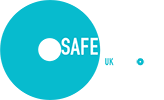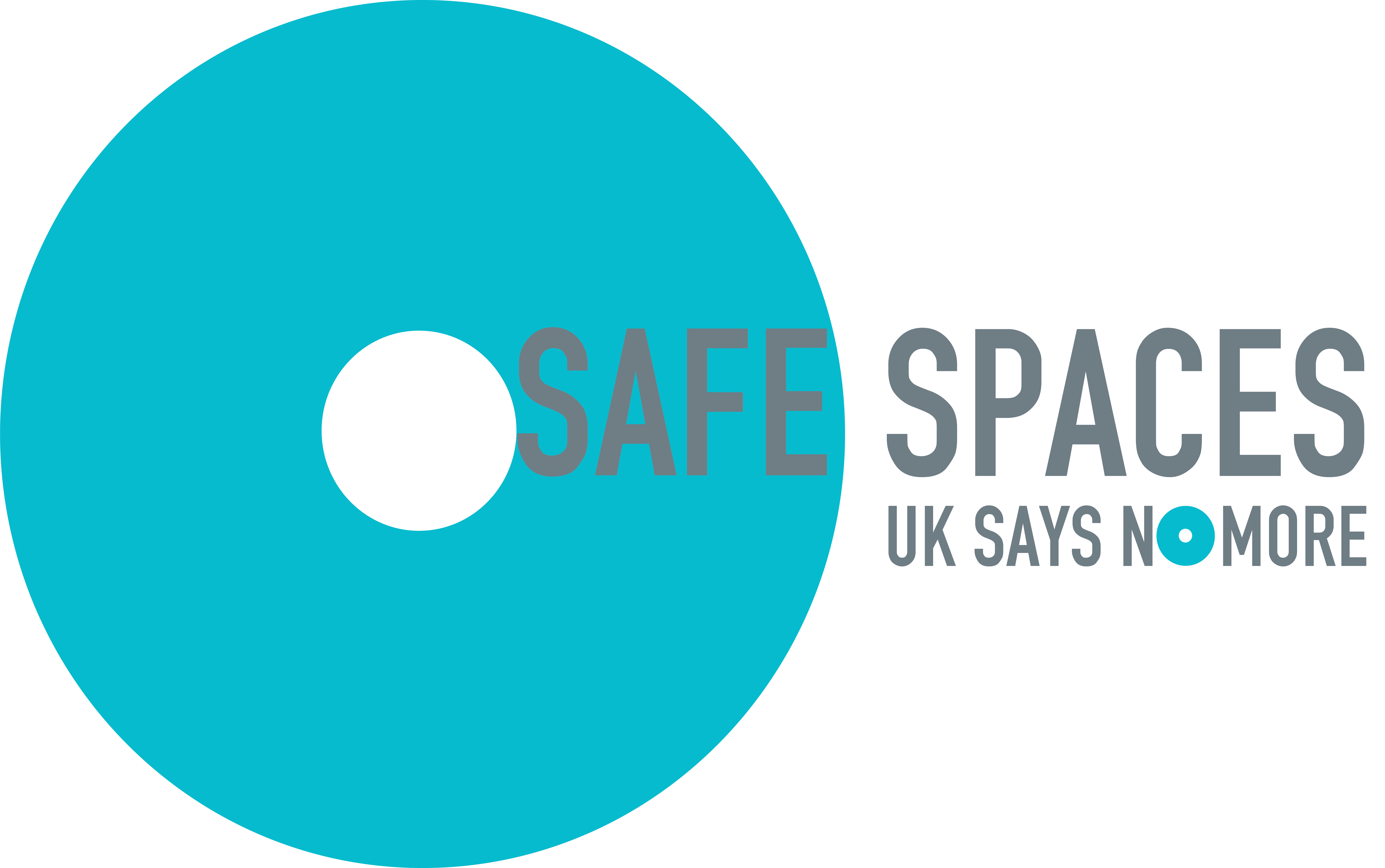
Collecting diversity and inclusion data is often at the top of many HR team’s agendas. However, we are seeing a current trend where these ‘data projects’ are deemed too difficult, daunting, and intimidating to followed through. In other instances where data is being collected, best practice approaches are not being taken. For example, diversity data is often limited to gender, age and sometimes ethnicity, and inclusion data is omitted completely.
The Clear Company are here to help dispel the myths that D, E&I data collection is too difficult and help your organisation begin your journey to robust and thorough data collection that objectively informs your understanding of D, E&I at your organisation.
Understanding the diversity of your organisation sets the scene for informed planning and decision making and it is important to understand diversity in its richest sense.



